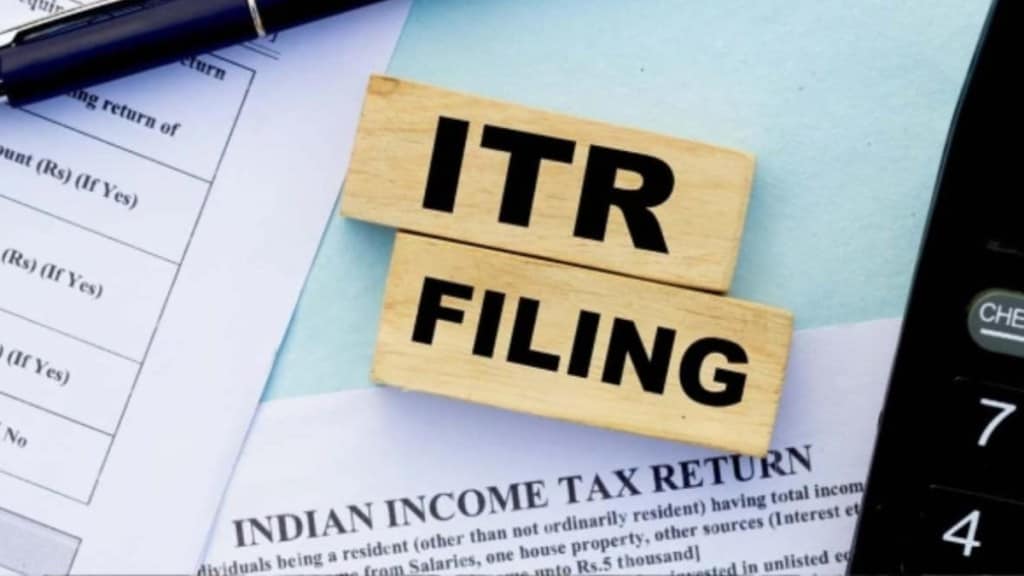YOU MAY BE receiving small amounts of money from friends and family as gifts this festive season. If received from parents, siblings or spouse, the amount must be reported as exempt income in the income tax return (ITR) to avoid under-reporting.
If the total amount received from friends exceeds Rs 50,000, it should be declared in your ITR. It will be treated as income from other sources, and taxed as per slab rate. In case of non-reporting,under Section 270A, penalty may be levied at 50% of the tax for under-reported income and at 200% of the tax where misreporting is established.
Besides that, interest at the rate of 1% per month or part of the month as per sections 234A, 234B and 234C may also apply.
Penalty for non-disclosure.
A strict interpretation of the term “exempt income” covers only those incomes exempt under Section 10 of the Income Tax Act, 1961. The carve-outs provided under Section 56 do not qualify as exempt income in this strict sense and, therefore, are not mandatorily required to be reported in the income-tax return.
However, it is advisable to disclose such receipts under the “Exempt Income” schedule of the return as a matter of caution. This helps avoid any allegation of under-reporting if the case is picked up for scrutiny. For gifts that fall outside the carve-outs of Section 56 (i.e., taxable gifts), the amount must be disclosed under “income from other sources.”
Gifts from employer
Gifts or vouchers received from an employer are treated as perquisites under Section 17(2)(viii) of the Act. Such perquisites are exempt up to Rs 5,000 in a financial year, and any amount exceeding this limit is taxable under the head “Salaries”, also at the applicable slab rates.
Gifts from employers are taxed separately under the provisions for salary. Cash gifts of any value are included in the taxable salary, and any non-monetary gift exceeding the threshold of Rs 5,000 is treated as a perquisite and included in the taxable salary of the respective employee. “The employer deducts TDS on the same, and thus, the tax liability is taken care of,” says Itesh Dodhi, director, Nangia & Co LLP.
Gifts in kind
If immovable property, shares, jewellery, bullion, paintings or drawings, etc., are received as a gift without consideration and the fair market value (FMV) exceeds Rs 50,000, the full FMV would be taxable. Importantly, Section 49(4) also addresses future capital gains on the specified property.
“Wherever a gift taxed under Section 56(2)(x) is later sold, the cost of acquisition for capital gains purposes would be deemed to be the value at which it was taxed originally,” says Sandeep Sehgal, partner-Tax, AKM Global, a tax and consulting firm.
For example, if jewellery worth Rs 2 lakh is received as a gift from a non-relative, it is taxed under Section 56(2)(x). If sold later for Rs 2.5 lakh, Section 49(4) ensures that only the gain of Rs 50,000 is taxed as capital gains.
For movable property, if received without consideration and the FMV exceeds Rs 50,000, the full FMV is taxable. If movable property is received for inadequate consideration, the difference between FMV and the amount paid is taxed, provided this difference is more than Rs 50,000.
Similarly, for immovable property, if received without consideration and the stamp duty value (SDV) exceeds Rs 50,000, the whole SDV is taxable. If received for inadequate consideration, the difference between SDV and the consideration paid is taxable, but only if the difference exceeds the higher of Rs 50,000 or 10% of the consideration.
Taxpayers must maintain proper documentation such as gift deeds, bank statements, valuation reports, and ensure full disclosure in their ITR.


